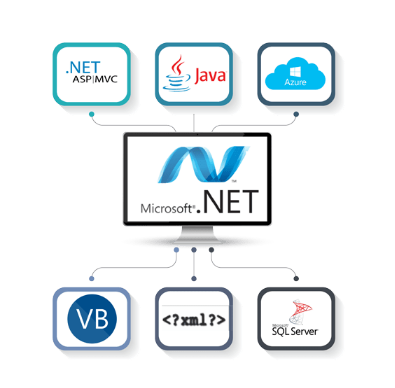In today's digital landscape, the development of APIs (Application Programming Interfaces) using Dot Net Development has become increasingly prevalent. These APIs serve as the backbone of countless web and mobile applications, enabling seamless communication between different software systems. However, with this increased reliance on APIs comes the critical need for robust security measures to protect sensitive data and ensure the integrity of these systems. In this article, we'll explore advanced techniques for securing Dot Net Development APIs to safeguard against potential threats and vulnerabilities.

1. Implementing Authentication and Authorisation: Authentication and authorisation are fundamental aspects of API security. Authentication verifies the identity of users or applications accessing the API, while authorisation determines the level of access granted to authenticated entities. In Dot Net Development, implementing authentication and authorisation can be achieved using various techniques such as JWT (JSON Web Tokens), OAuth, or integrating with identity providers like Azure Active Directory. By enforcing strict authentication and authorisation mechanisms, API developers can prevent unauthorised access and protect sensitive data.
2. Securing Communication with HTTPS: Encrypting communication between clients and APIs is essential for preventing eavesdropping and man-in-the-middle attacks. Dot Net Development provides built-in support for HTTPS (Hypertext Transfer Protocol Secure), which encrypts data transmitted over the network using SSL/TLS protocols. By configuring APIs to exclusively use HTTPS, developers can ensure that data remains confidential and secure during transit, mitigating the risk of interception or tampering.
3. Implementing Role-Based Access Control (RBAC): Role-Based Access Control (RBAC) is a powerful security model that restricts access to API resources based on the roles and permissions assigned to users. Dot Net Development offers robust support for implementing RBAC using frameworks like ASP.NET Core Identity or custom authorisation policies. By defining granular roles and permissions, API developers can enforce fine-grained access control and limit the exposure of sensitive functionalities to authorised users only.
4. Protecting Against Cross-Site Request Forgery (CSRF) and Cross-Site Scripting (XSS) Attacks: Cross-Site Request Forgery (CSRF) and Cross-Site Scripting (XSS) attacks are common security vulnerabilities that can compromise the integrity and confidentiality of APIs. Dot Net Development provides built-in defenses against these threats through features like anti-forgery tokens and input validation. By validating and sanitising input data, API developers can prevent malicious actors from executing unauthorised actions or injecting malicious scripts into API responses.
5. Implementing Rate Limiting and Throttling: Rate limiting and throttling are techniques used to control the rate of incoming requests to APIs, preventing overload and abuse. Dot Net Development offers various libraries and middleware for implementing rate limiting and throttling policies based on factors such as IP address, user identity, or API usage quotas. By enforcing rate limits and throttling policies, API developers can mitigate the risk of denial-of-service (DoS) attacks and ensure the availability and performance of their APIs.
In conclusion, securing Dot Net Development APIs requires a multi-layered approach encompassing authentication, encryption, access control, and defense against common security threats. By implementing advanced security techniques such as authentication and authorisation, HTTPS encryption, role-based access control, protection against CSRF and XSS attacks, and rate limiting and throttling, API developers can enhance the security posture of their applications and mitigate the risk of potential security breaches. With the continuous evolution of security threats, staying vigilant and proactive in implementing robust security measures is essential to safeguarding the integrity and confidentiality of Dot Net Development APIs.
